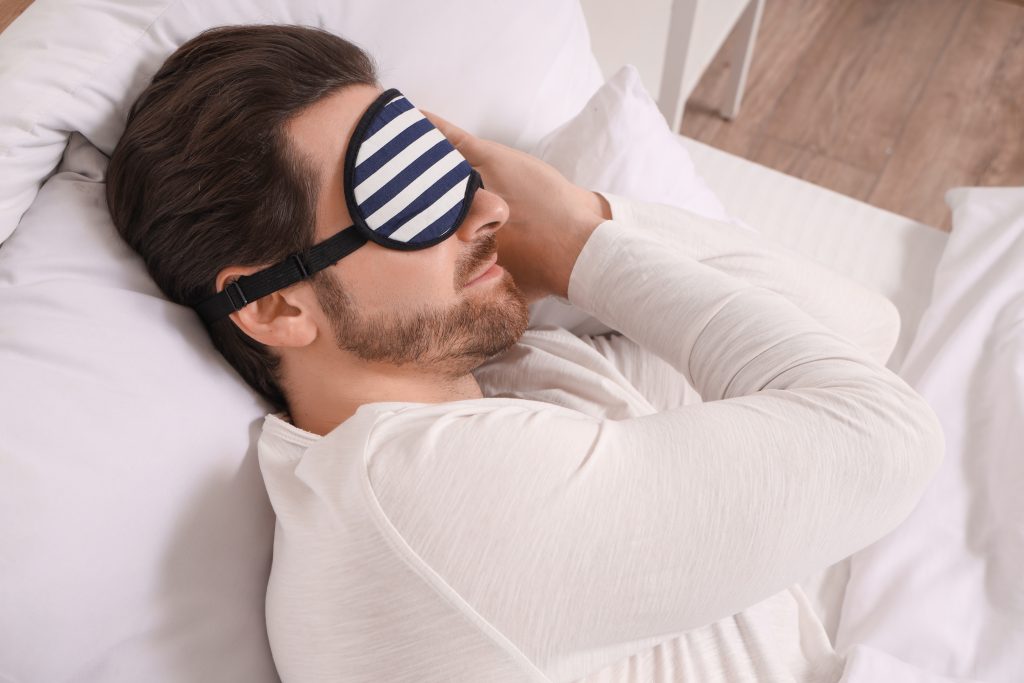(905) 372-0168
info@elginstreetdental.com
12 Elgin Street East,
Unit C, Cobourg, ON K9A 0C5
Now Accepting New Patients! CDCP Coverage Available.
CDCP Coverage Available for All Age Groups – Read More
(905) 372-0168
info@elginstreetdental.com
12 Elgin Street East,
Unit C, Cobourg, ON K9A 0C5
Now Accepting New Patients! CDCP Coverage Available.


